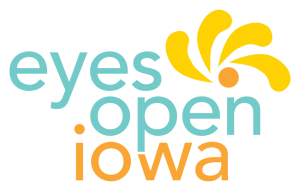Virtual Professional Development is a simulated classroom where teachers can practice teaching student avatars using short scenarios and support from an instructional coach, so they can quickly learn and master the skills they most need to be effective. With upper elementary, middle and high school classrooms, Virtual PD has scenarios for teachers of all grade levels across a wide range of topics aligned with the Professional Learning Standards for Sex Education (PLSSE). You can watch the video here (link is external) to learn more about Virtual PD.
Using the Virtual Professional Development classroom simulator, the educator will practice Culturally Responsive Instruction When Teaching Sex Education with the student avatars. In this scenario, the educator is teaching a lesson on different kinds of families with their students. After allowing students time to list their own ideas, the educator asks students to engage in a think/pair/share activity to see if they can add to their lists. They then facilitate a brainstorm activity about different kinds of families. In this simulation with five students, the participant will need to demonstrate three strategies for creating culturally responsive classrooms.




